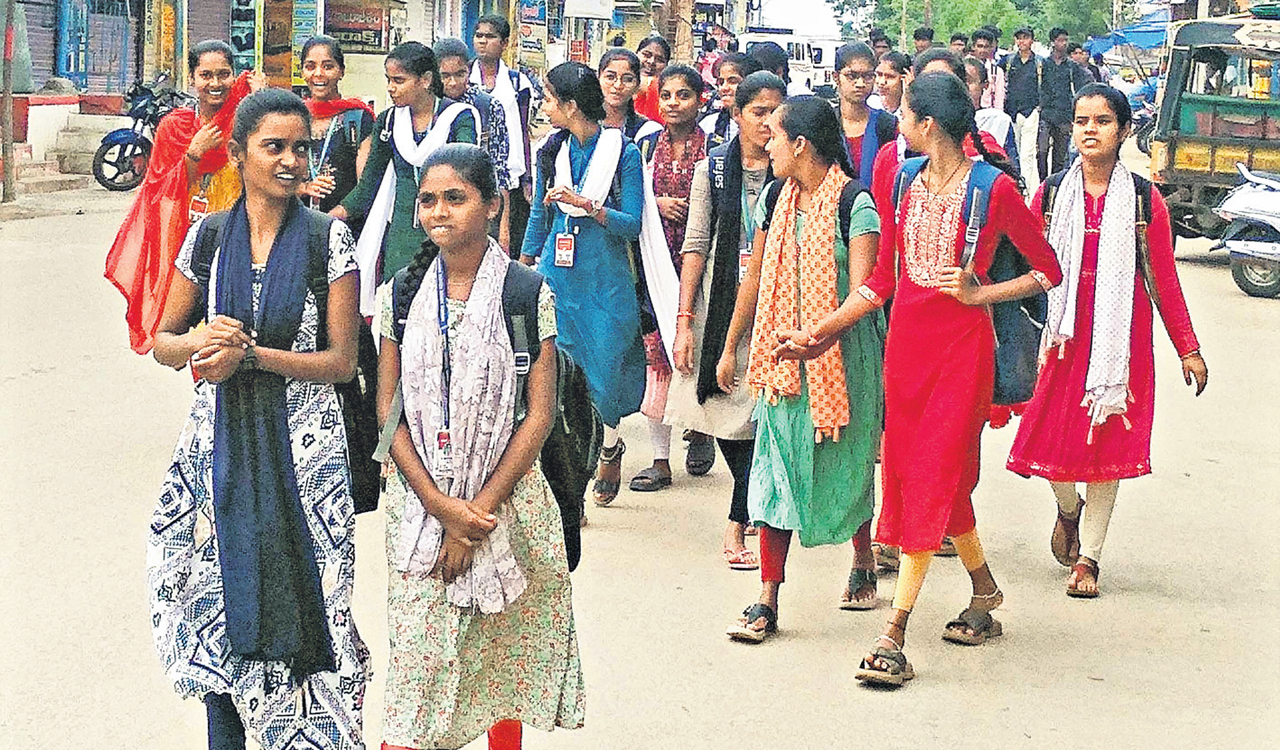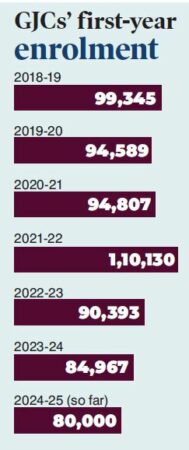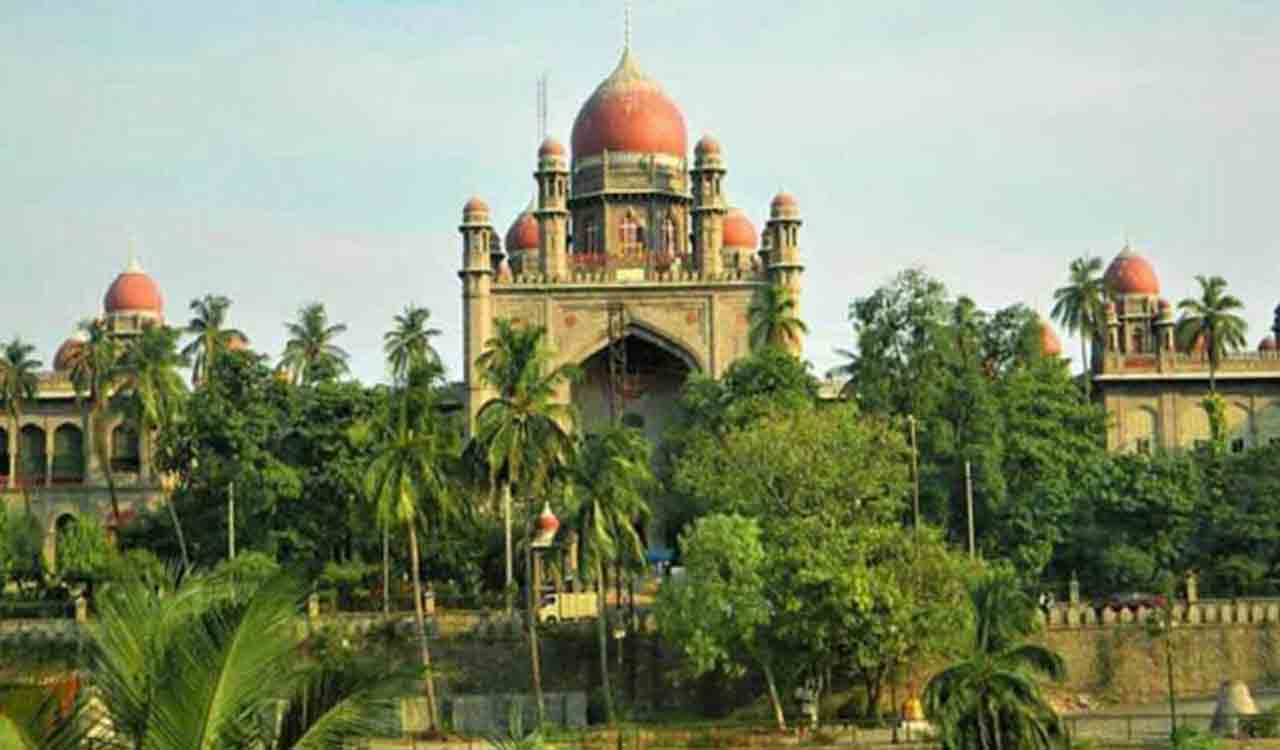Government junior colleges in Telangana witness sharp decline in admissions
Decrease due to students' preference of welfare residential colleges for free quality education

Hyderabad: In a significant decline, the government junior colleges (GJCs) in Telangana State have witnessed a drop in admissions for the academic year 2024-25. Out of a total of 1.75 lakh seat intake in 423 GJCs, only 80,000 students enrolled, indicating a drop of close to 5,000 in comparison with the previous academic year.
Admissions are expected to further decrease as the exit option for students seeking admissions to the government residential junior colleges is yet to be provided. The option allows students to exit from the GJCs and enrol in the welfare residential junior colleges, in case they secure admission.
Last year, 84,967 students enrolled in the first-year Intermediate streams of the GJCs and only 69,953 appeared for the Intermediate public examinations, reflecting drop in admissions and registration for the exams. Like last year, officials are anticipating at least 10,000 drop in admissions, which is scheduled to conclude on August 20. The drop in admissions is attributed to several factors.
 One primary concern is inadequate infrastructure and shortage of lecturers in the colleges. As per the information available with the Department of Intermediate Education, there are 1,724 vacant junior lecturer positions in the GJCs.
One primary concern is inadequate infrastructure and shortage of lecturers in the colleges. As per the information available with the Department of Intermediate Education, there are 1,724 vacant junior lecturer positions in the GJCs.
The previous BRS government had notified 1,598 teaching positions in these colleges, which are yet to be recruited. This issue has led to lower quality education compared to the private and corporate junior colleges.
The GJCs recorded only 38.21 pass percentage in the first year IPE results 2024. As for infrastructure, there is requirement for new buildings for 18 old GJCs. Additionally, expansion of the government residential and corporate junior colleges in the State has also dented admission prospects of the GJCs.
While the government residential junior colleges are offering free education along with coaching for competitive examinations like the JEE, NEET and TG EAPCET, the corporate junior colleges have been employing the PRO system for admitting students even before the Class X results are announced.
Most students who join the GJCs are from the government schools. As the government set up welfare residential junior colleges offering quality free education, students are preferring these institutions than the GJCs. Another contributing factor to decline is the recent regularisation of contract junior lecturers in the GJCs.
Previously, contract staff have been instrumental in campaigning for admissions, as their contract renewals were tied to the number of students enrolled. With their contract now regularised, the staff have not shown interest to campaign for admissions, sources said. “Not conducting coaching classes for competitive entrance examinations this year and staff transfer have also played their part in admissions drop,” sources said.
Related News
-
Hyderabad auto driver foils attempt to kidnap young woman, five held
31 mins ago -
Haiti gang attack on journalists covering hospital reopening leaves 2 dead, several wounded
2 hours ago -
21 dead as Mozambique erupts in violence after election court ruling
2 hours ago -
Cartoon Today on December 25, 2024
10 hours ago -
Former Home Secretary Ajay Kumar Bhalla appointed Manipur Governor, Kerala Governor shifted to Bihar
11 hours ago -
Opinion: The China factor in India-Nepal relations
11 hours ago -
Editorial: Modi’s Kuwait outreach
11 hours ago -
Kohli and Smith will be dangerous and hungry: Shastri
12 hours ago




